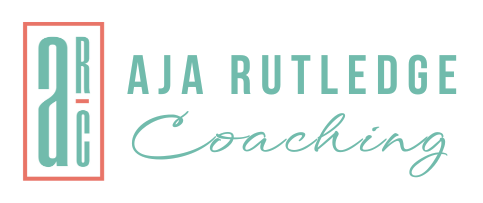
There’s a (big) space where trauma and communication intersect. It’s interesting because before now I never really thought about it, although it’s so obvious to me now. I’ve always considered communication [period]. And then I’ve considered trauma [period].
In recent years, since doing a lot of healing work, I’ve had some interesting experiences around this. It’s caused me to reflect on the ways people communicate and what is really going on “underneath the hood”. When thinking through this and in situations I’ve experienced, I see a few things happening.
- People communicate with an expectation of what they will get out of it. For many, due to lack of awareness around their dysfunction and trauma their expectations aren’t always realistic or healthy.
- When this happens their shame gets triggered. As a result, their 3 yr old (8 yr old…whatever age is triggered) appears and this is where they continue the conversation from (imagine how that goes.)
One thing about this point is that people can also move into their inner child before the conversation even begins. These tend to be more avoidant, conflict averse people.
- in this…they either have a temper tantrum (fight) OR they retreat and check out (fawn or freeze)
- it is then hard to come to some sort of conclusion that works for all UNLESS they are willing to self reflect, can be honest about how they were triggered, are willing to come back after they’ve come back into their body and work to resolve it again.
Here’s an example in a friendship dynamic:
Friend A let Friend B (roommates) know that they would have appreciated that when Friend B turned the AC on full blast in their home, that Friend B would have given Friend A a heads up and requested that they do so going forward.
Friend B immediately got defensive and instead of addressing the request, they pointed out something Friend A did without giving Friend B a heads up. (Blame and deflection) Friend A let them know a heads up wasn’t given because it was previously discussed between the two and it was agreed upon that there didn’t need to be a discussion each time Friday A took said action, but also that knowing Friend B would now like to revise that request, they’d let them know moving forward.
Friend B continued to state “you didn’t do x” instead of addressing what Friend A was asking or the proposed resolution. Friend B added that they don’t want Friend A to give a heads up when they do x, that Friend B was saying a heads up should be given because Friend A requested a heads up in a different scenario. That triggered Friend A because by leaving them feeling unheard, which is a core wound for them. So, guess what happened next? Friend A’s 16 yr old self met Friend B’s 5 yr old self.
Relatively quickly, Friend A was able to come back into their body, regroup and say they needed space to process and revisit in 10 mins. The revisit didn’t go well because Friend B did nothing to come back into their body and was still functioning from the 5 yr old self. As Friend A’s adult self, they didn’t match Friend B’s energy again, instead they acknowledged that the conversation wasn’t productive, reiterated their need (original request) and went on to something else.
Here’s an example of the moving into the younger inner child before the communication begins.
A company didn’t have the money to pay it’s employees. The situation triggered something within the CEO and as a result, they moved into fawn prior to letting the employees know. Instead of having a discussion, as any CEO should given the situation, the CEO sent a group text to the employees advising of the situation. In this text, instead of stating all employees were laid off due to not having money to pay them, employees were asked if they were going to stay or leave. This whole situation kept the CEO from having difficult and honest conversations. It allowed them to avoid stating hard things to people which may result in a massive discomfort or trauma state for the CEO.
How can this be addressed?
Here’s the point. Communication is impacted by trauma. If communication is addressed without looking at the traumas one is walking into a conversation with, the communication probably isn’t going to be as effective as it could be…or, to be blunt, it could go completely off the rails because people enter these hyper states of protection. To have effective communications, yes healthy methods of communicating should be learned. That is one step. Another step is addressing the trauma because once a place of activation (trigger) is met by someone with unaddressed trauma, a person will most likely react from their amygdala and all logical thinking and processing goes off line. When one has worked on their trauma and has been able to get their nervous system to a regulated state, these “animalistic” responses happen less and less. People are more able to sit in a space that may not feel so good and have the ability to hear what is being said or face challenging situations and sit with people’s responses to it.
If you want to start addressing your communication dynamics we can help you! How you respond today does not have to be how you respond tomorrow. Contact us today if you’re ready to make that change.


